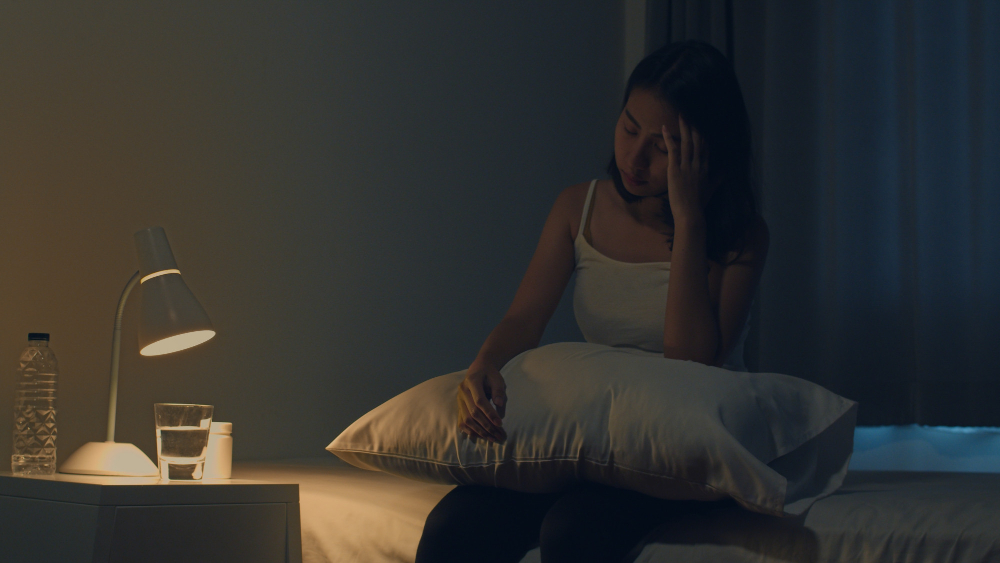When Your Job Destroys Your Sleep
In a world that never sleeps, millions of people are forced to work nights, early mornings, or rotating shifts. While the economy thrives on 24/7 labor, the human body does not. Shift Work Sleep Disorder (SWSD) is an increasingly common but underdiagnosed condition affecting those who work irregular hours. This sleep disorder leads to chronic insomnia, excessive daytime sleepiness, and long-term health consequences. If you’re struggling with sleep while juggling odd hours, you’re not alone — and your health could be at serious risk.
What is Shift Work Sleep Disorder?
SWSD is a circadian rhythm sleep disorder that disrupts the natural sleep-wake cycle. People with SWSD experience insomnia, fatigue, and difficulty staying awake, particularly when they are expected to sleep during the day and work at night. Unlike typical sleep deprivation, SWSD persists even when time off is given because the body’s internal clock is thrown out of sync.
Key Symptoms of SWSD
- Chronic insomnia and trouble falling or staying asleep
- Excessive daytime sleepiness, even after sleeping
- Decreased alertness and concentration
- Mood swings, irritability, and increased stress
- Higher risk of accidents due to impaired function
The Health Risks of Shift Work Sleep Disorder
Shift workers with untreated SWSD face a higher risk of:
- Heart disease and high blood pressure
- Obesity and type 2 diabetes
- Depression and anxiety disorders
- Weakened immune system due to poor sleep
- Increased likelihood of insomnia becoming chronic
SWSD and Insomnia: A Dangerous Duo
SWSD is often linked with chronic insomnia, one of the most common adult sleep disorders. When the body’s circadian rhythm is misaligned, it struggles to regulate sleep naturally, causing severe disruptions in rest quality and quantity. Sleep disorders like SWSD contribute to a cycle of poor sleep, health deterioration, and mental strain.
Who is at Risk?
- Night shift workers
- Rotating shift workers
- Emergency responders (nurses, police, firefighters)
- Long-haul drivers
- Anyone with inconsistent sleep-wake patterns
Coping Strategies for SWSD
- Consistent Sleep Schedule: Keep sleep and wake times regular, even on days off.
- Blackout Curtains: Block daylight to create a night-like sleep environment.
- Avoid Stimulants: Limit caffeine before bedtime and avoid nicotine.
- Melatonin Supplements: May help regulate the sleep cycle.
- Light Therapy: Use bright light at the start of shifts to reset the body clock.
When to Seek Help
If symptoms of insomnia and fatigue persist despite lifestyle changes, it may be time to consult a sleep specialist. Treatments like Cognitive Behavioral Therapy for Insomnia (CBT-I) or medical interventions can make a significant difference in managing SWSD and improving overall sleep health.
Conclusion: Don’t Let Shift Work Destroy Your Sleep
Shift Work Sleep Disorder is more than just feeling tired. It’s a serious sleep disorder that impacts your health, productivity, and quality of life. If you’re struggling with insomnia, sleep deprivation, or other adult sleep disorders due to shift work, now is the time to act. Reclaim control over your sleep and protect your long-term well-being.
